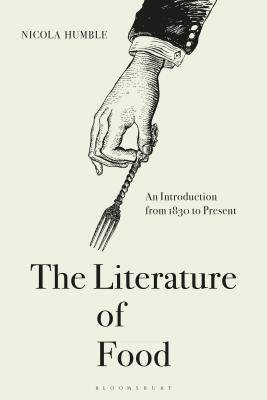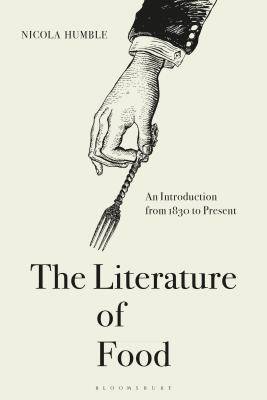
- Afhalen na 1 uur in een winkel met voorraad
- Gratis thuislevering in België vanaf € 30
- Ruim aanbod met 7 miljoen producten
- Afhalen na 1 uur in een winkel met voorraad
- Gratis thuislevering in België vanaf € 30
- Ruim aanbod met 7 miljoen producten
Zoeken
€ 195,45
+ 390 punten
Uitvoering
Omschrijving
Why are so many literary texts preoccupied with food? The Literature of Food explores this question by looking at the continually shifting relationship between two sorts of foods: the real and the imagined. Focusing particularly on Britain and North America from the early 19th century to the present, it covers a wide range of issues including the politics of food, food as performance, and its intersections with gender, class, fear and disgust.
Combining the insights of food studies and literary analysis, Nicola Humble considers the multifarious ways in which food both works and plays within texts, and the variety of functions-ideological, mimetic, symbolic, structural, affective-which it serves.
Carefully designed and structured for use on the growing number of literature of food courses, it examines the food of modernism, post-modernism, the realist novel and children's literature, and asks what happens when we treat cook books as literary texts.
From food memoirs to the changing role of the servant, experimental cook books to the cannibalistic fears in infant picture books, The Literature of Food demonstrates that food is always richer and stranger than we think.
Combining the insights of food studies and literary analysis, Nicola Humble considers the multifarious ways in which food both works and plays within texts, and the variety of functions-ideological, mimetic, symbolic, structural, affective-which it serves.
Carefully designed and structured for use on the growing number of literature of food courses, it examines the food of modernism, post-modernism, the realist novel and children's literature, and asks what happens when we treat cook books as literary texts.
From food memoirs to the changing role of the servant, experimental cook books to the cannibalistic fears in infant picture books, The Literature of Food demonstrates that food is always richer and stranger than we think.
Specificaties
Betrokkenen
- Auteur(s):
- Uitgeverij:
Inhoud
- Aantal bladzijden:
- 368
- Taal:
- Engels
Eigenschappen
- Productcode (EAN):
- 9780857854551
- Verschijningsdatum:
- 6/02/2020
- Uitvoering:
- Hardcover
- Formaat:
- Genaaid
- Afmetingen:
- 156 mm x 234 mm
- Gewicht:
- 594 g

Alleen bij Standaard Boekhandel
+ 390 punten op je klantenkaart van Standaard Boekhandel
Beoordelingen
We publiceren alleen reviews die voldoen aan de voorwaarden voor reviews. Bekijk onze voorwaarden voor reviews.








